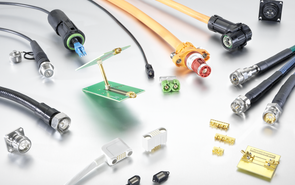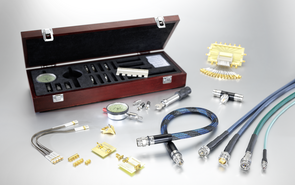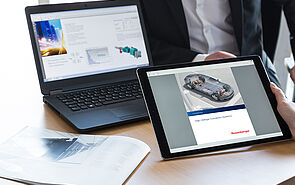Sensors are playing an increasingly important role in the development of prosthetics technology. They are used to measure a variety of parameters, such as pressure, temperature, and movement, which can be used to improve the performance and comfort of prosthetic limbs. For example, pressure sensors can be used to monitor the fit of a prosthetic socket, while temperature sensors can be used to detect skin irritation. Movement sensors can be used to control the movement of a prosthetic limb, or to provide feedback to the user or imagine the use of Smart Materials, such as artificial muscles and sensors, that are being incorporated into prosthetic limbs to make them more responsive and lifelike.
In addition to traditional sensors, new technologies such as advanced nueral interfaces, artificial intelligence and machine learning are being used to develop more advanced prosthetics could give amputees much more precise and natural control over their prosthetic limbs. These technologies can be used to analyze sensor data and make predictions about the user's needs. For example, AI could be used to predict how much force a user is applying to a prosthetic limb, or to detect when a user is about to lose their balance.
The use of sensors in prosthetics is still in its early stages, but it has the potential to revolutionize the way prosthetic limbs are designed and used. By providing real-time feedback and control, sensors can help to improve the functionality, comfort, and safety of prosthetic limbs.
How sensors are being used in bionics & prosthetics:
- Pressure sensors: Used to monitor the fit of a prosthetic socket. identify and adjust pressure based on texture, density and material.
- Temperature sensors: For detecting hor or cold environments and objects.
- Movement sensors: Tracking positions of the limbs for precise movement control.
- EMG sensors: Used to detect and transmit electrical signals from muscles for better control of movement of a prosthetic limb, or to provide more precise feedback to the user.
- EEG sensors: Used to detect and transmit electrical signals from the brain.
The use of sensors in prosthetics is a rapidly developing field. As new technologies emerge, we can expect to see even more innovative and sophisticated prosthetic devices being developed but how do these sensors communicate their data? The newest prosthetics and bionics need connectors that are both small, durable and robust to carry the vital information throughout the device. That's where Rosenberger comes in.













